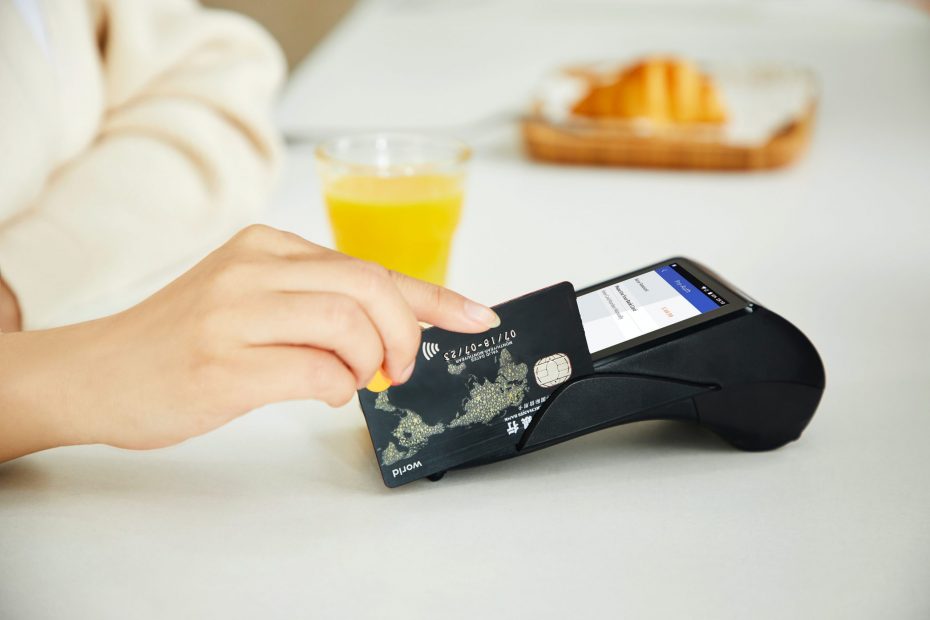If you are a merchant that wants to open up an e-commerce business, there are two valuable tools that you will need in order to accept credit and debit card payments. These two components are known as a payment gateway and a merchant account.
Let’s dive in to explore the distinctions of payment gateways vs merchant accounts and how they are connected to help you process your online payments.
What Is A Payment Gateway?
A payment gateway is a type of software used to transfer all transaction information from the merchant to the acquiring bank. The software acts as a connector between the payment form on the merchant’s website and an acquiring bank.
The information within a payment gateway is shared among various key parties: the issuing bank, the merchant, the cardholder, and the acquiring bank.
Along the payment’s journey, all data is encrypted to prevent any information from being compromised. Merchants are well-advised to seek a reputable and dependable payment gateway to ensure that they are compliant according to PCI DSS standards.
How A Payment Gateway Works
The entire process of the transaction takes as little as 10 seconds from beginning to end, however, the processing of this information involves a total of 9 steps:
- When a customer makes a credit card purchase on the website, they do so by clicking on the “Buy Now” button, only to be redirected to a payment page. Here they will enter all pertinent credit card information and click on “Submit”.
- All information entered by the customer is sent to the merchant who then redirects this data to the payment gateway.
- Next, the payment gateway sends an authorization request to the acquiring bank and then to the IPS (Mastercard/AmEx/Visa) and the issuing bank to ensure that the payment card is valid.
- If the card has 3D Secure, the customer will be redirected to a page to enter his password and to verify that he is the rightful cardholder. Once the issuing bank has authenticated the password, it sends a notification back to the IPS.
- The next step is that the IPS transfers the verification back to the acquiring bank.
- Lastly, the payment gateway requests that the acquiring bank deduct the order amount from the payment card.
- The issuing bank verifies if the customer has sufficient funds. If so, the bank transfers the requested amount and confirms the transaction to the IPS.
- The card network (Mastercard/Visa/AmEx) sends a confirmation to both the acquiring banks and the payment gateway.
- It takes up to 15 minutes for the merchant to receive information about the transaction if it is successful. Immediately after, the funds are withdrawn from the cardholder’s account.
What Is A Merchant Account?
A merchant account can be referred to as a “holding account” where all payments go until they are ultimately deposited in the merchant’s bank account. The merchant account can also be seen as a “special bank account” set apart to only receive payments by online merchants.
All revenue from merchant transactions gets deposited until the settlement date, this usually takes place once a week. That is when merchants can receive their funds into their bank accounts.
When merchants have applied for and have successfully acquired a merchant account, they will be issued a Merchant ID or (MID). This is a unique code given to store owners by their payment processor.
Take The First Steps
The first step is to do your research about what your business needs. You could even choose to get your merchant account and payment gateway from two different providers.
However, this is not advisable as this can only create more headaches. Your best bet is to get an all-in-one solution from a reliable provider. This will drastically reduce any interoperability issues.

